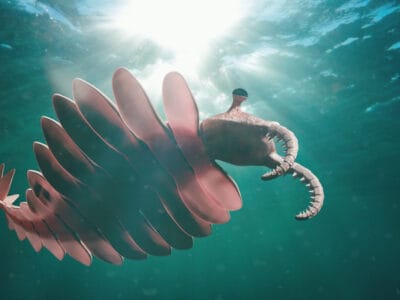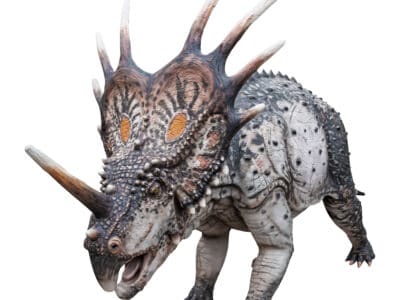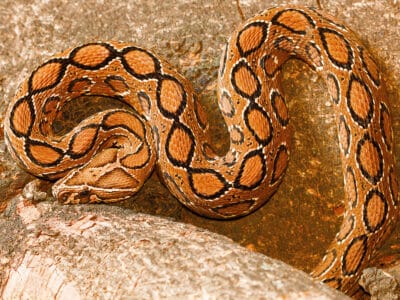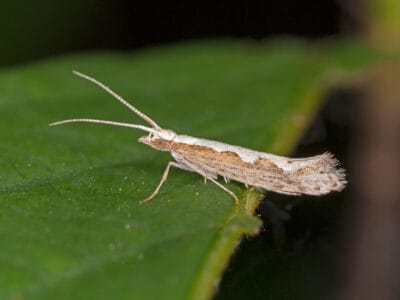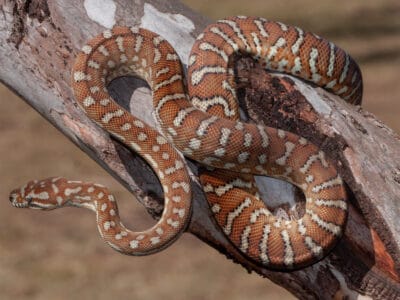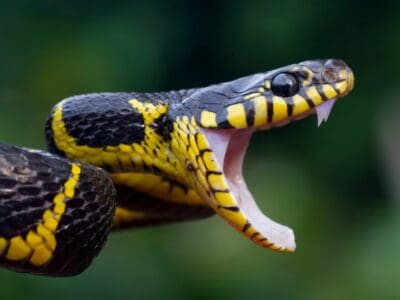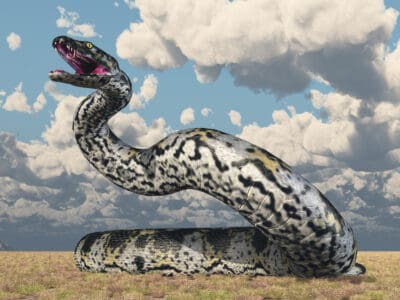Earthworm
.jumbotron {
background-image: url(“https://a-z-animals.com/media/2021/11/earthworm-header-400×300.jpg”);
}
}
@media only screen and (min-width: 641px) and (max-width: 920px) {
.jumbotron {
background-image: url(“https://a-z-animals.com/media/2021/11/earthworm-header-470×370.jpg”);
}
}
@media only screen and (min-width: 921px) {
.jumbotron {
background-image: url(“https://a-z-animals.com/media/2021/11/earthworm-header.jpg”);
}
}
Earthworm
Lumbricina
They are hermaphrodites, which means they have male and female organs
Earthworm Scientific Classification
- Kingdom
- Animalia
- Phylum
- Annelida
- Class
- Clitellata
- Order
- Opisthopora
- Family
- Limbricidae
- Genus
- Lumbricus Linnaeus
- Scientific Name
- Lumbricina
Read our Complete Guide to Classification of Animals.
Earthworm Conservation Status
Earthworm Facts
- Prey
- Bacteria, nematodes, protozoans
- Name Of Young
- Hatchling
- Group Behavior
-
- Solitary
- Fun Fact
- They are hermaphrodites, which means they have male and female organs
- Estimated Population Size
- very abundant
- Biggest Threat
- Climate change, habitat destruction
- Most Distinctive Feature
- Their segmented bodies
- Other Name(s)
- Night crawler, dew worm, angleworm, rainworm, lobworm
- Gestation Period
- Three weeks
- Litter Size
- Two to 20
- Habitat
- Moist, humus filled soil
- Predators
- Humans, birds, reptiles, amphibians, snails, beetles, small mammals
- Diet
- Omnivore
- Type
- invertebrate
- Common Name
- earathworm
- Number Of Species
- 6000
- Location
- Cosmopolitan
- Group
- Solitary
This post may contain affiliate links to our partners like Chewy, Amazon, and others. Purchasing through these helps us further the A-Z Animals mission to educate about the world’s species..

Spiders that fly! Fish that walk! And 1000+ more incredible animals. Discover them all for FREE
.photo-gallery {
–margin: 0px auto 0px;
–padding: 0px 0px 0px 0px;
}
.gallery-link {
background-image: url(“https://a-z-animals.com/media/2021/11/earthworm-isolated-1024×535.jpg”);
background-repeat: no-repeat;
background-size: cover;
background-position: center;
height: 500px;
justify-content: center;
text-align: center;
align-items: center;
display: flex;
border: 2px solid #000;
}
.gallery-link img {
height: 50%;
}
@media only screen and (max-width: 768px) {
.gallery-link {
height: 300px !important;
}
}
View all of the Earthworm images!
“Powerful Little Earth Movers.”
Just as bees are crucial to pollinating flowers, earthworms are crucial to having those flowers grow in the first place. These worms aerate the soil and allow oxygen, water, and nutrients to enter, which then enter the roots of the plants. Their castings also get nutrients into the soil, and they can add 10 tons of their castings to the soil in a year.
Other earthworms might not live in the soil, but they help break down materials that go into manure and compost. They’re also good decomposers of dead animals. It would be hard to maintain gardens and farms without them.
Five Incredible Earthworm Facts!
Here are some facts about this essential invertebrate:
- Earthworms writhe when people pick them up because the pressure causes their muscles to contract, and the very salt in the person’s skin is toxic to them. Does this mean it hurts a worm to be picked up?
- There are three categories. There are worms that don’t borrow but live in leaf litter or compost. There are worms that feed on and burrow into soil, and there are worms that dig deep burrows into the soil and come to the surface to eat plant material.
- The longest ever found was a member of the Amynthas mekongianus species. This 10-foot long worm was found on the muddy banks of southeast Asia’s Mekong River.
- There are about 180 species of earthworm in the United States and Canada, and about 60 of them are invasive.
- Baby worms do not undergo any sort of metamorphosis such as that seen in amphibians and insects. They are tiny replicas of their parents and simply get bigger.
You can check out more incredible facts about earthworms.
Scientific Name and Classification
Because there are so many species of earthworms there are many scientific names for them, and biologists put much thought into their classification. Biologists do agree that they belong to the phylum Annelida, which means “little rings” in Latin, and to the Opisthopora order. This order has eight families.
Appearance
These worms have some of the most identifiable anatomies of all invertebrates. Who hasn’t seen the long segmented, slimy pink, gray or brown cylinder (pinched at both ends) that is an earthworm? But if you look at it through a magnifying glass, you might see that its segments, save its front and back, are covered with rows of tiny hairs called setae. These help steady the animal as it moves and anchor it when it mates. The number of segments the worm has depends on its species.
The mouth is also protected from ingesting unwanted soil by a flap called a prostomium. The prostomium also helps the worm feel and sense where it is. Some worms use this structure to grab onto vegetation and bring it into their burrow to eat. By the way, the worm doesn’t have teeth though it has a strong mouth full of muscles to push its food into its digestive system.
Earthworms lack ears and eyes, but they can still sense their environment. They can sense light through structures called the Light cells of Hess, and receptors that can sense vibrations, touch, taste, and smell.
A person will also notice that the worm has swelling over a few of its segments near the front. This is the clitellum, and it houses the animal’s reproductive system. The back of the body is often cylindrical but it can be different shapes depending on the species. The cylinder’s last segment, the periproct, has the anus.
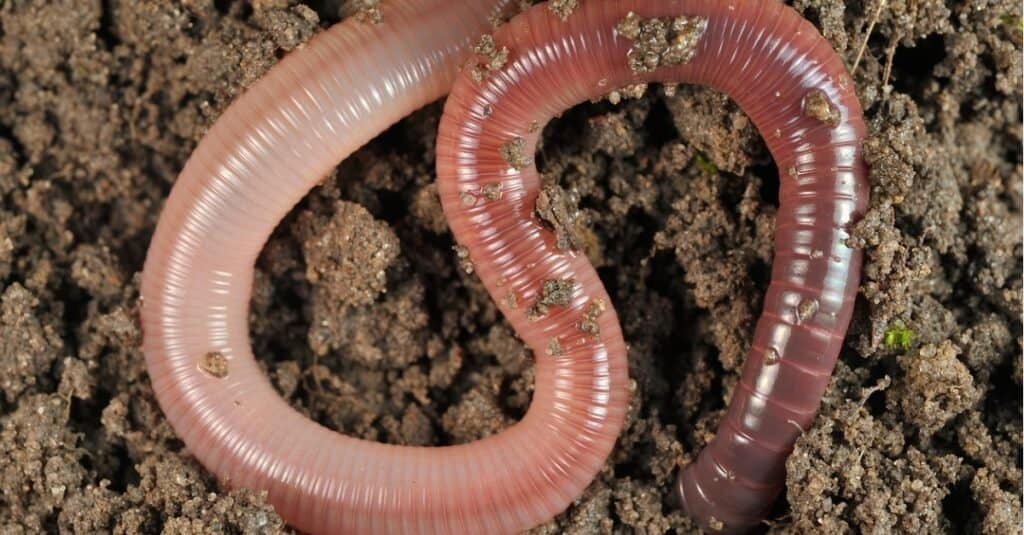
Behavior
Basically, they dig through the soil, rotting leaves, manure, or compost. They do this through contractions of the muscles in their segments in ways that resemble the contractions of the human digestive system. The movement even has the same name as peristalsis. The worm uses brute force to move the earth. A baby worm can move soil that’s 500 times its own weight out of the way. As it moves, its skin is protected both by a cuticle and by mucus. The mucus contributes to a soft clicking noise the worm makes as it burrows.
Earthworms can also regenerate their segments from the head end like many lizards can regenerate their tail if it’s lost. Indeed, one species, Eisenia fetida can grow into two worms if it’s cut in two. Speaking of E. fetida, this worm gives off a bad smell if it’s roughed up, and other worms taste bad to would-be predators.
Habitat
These animals are found in places that are warm, dark, and moist. This can be soil, rotting vegetation, or compost. They are found all over the world, and some species have become invasive. Though earthworms like it warm and wet, it seems they don’t like it too warm. There are fewer of them in tropical climates than in temperate zones. They do best when the temperature is between 59 and 86 degrees Fahrenheit.
Diet
These animals can be said to be omnivorous, for they eat both plant and animal matter. Basically, they eat the very stuff they are moving through, whether it be soil, manure, or decaying plant material. Their digestive system is very simple. It is just a straight tube from the mouth to the anus, without the bends or curves, or coils that are found in other animals. When the food is digested, what’s left comes out in little pellets called castings.
The worm doesn’t use all of the nutrients in its food, so much of it, like nitrogen, is present in the castings. This makes castings just the thing for fertilizing soil. For a complete list of foods earthworms eat, check out our “What Do Earthworms Eat: Their Diet Explained” page.
Predators and Threats
The number of animals that like to eat earthworms is too long to list here, but they include robins and other insectivorous birds. Frogs and toads snap them up in the blink of an eye. They are eaten by turtles, salamanders, slugs, snails, snakes, leeches, foxes, jackals, Malayan civet cats, moles, hedgehogs, and hog badgers. They are parasitized by nematodes and flukes and mites. Cluster fly larvae eat newly hatched worms. Of course, humans impale them on hooks to catch fish and feed them to their reptilian pets. Climate change may also pose a threat to the worms if the pH or temperature of their habitat is drastically changed. But right now, they are abundant and their conservation status is not evaluated.
Reproduction and Life Cycle
The earthworm is usually a hermaphrodite, which means it has both male and female organs. As a hermaphrodite, it is both father and mother to its babies at the same time. A few species can reproduce without their eggs being fertilized. This is called parthenogenesis. There are even some species that have to mate anyway for even parthenogenetic reproduction to occur.
Earthworm reproduction is complex and a bit sticky. First, they mate on the surface, which means they usually mate at night, and their reproductive organs are stored in their ninth to their fifteenth segment. These segments store either sperm or eggs or sacs that store sperm, and they have to come into contact for babies to be made. But the way this is done is ingenious. First, the two worms join nose to tail and exchange sperm. After they’ve done this, the clitellum starts to secrete a slimy tube that forms a ring around the worm. When this happens, the worm wriggles back out of the ring. The tube picks up the worm’s eggs, and as the earthworm continues to wriggle out of the ring it picks up the sac that has collected sperm, and the sperm fertilizes the eggs. When the worm backs completely out of the ring, the ring closes up into sort of a cocoon, which is hidden in the soil. The fertilized eggs inside develop and hatch out into little worms after about three weeks to continue the life cycle.
By the way, if there’s not much food or it becomes too cold or dry, the life cycle can be put on hold. Earthworms are capable of estivation, which means they basically shut down their life processes until conditions improve. These invertebrates can live eight years, but most don’t live nearly that long. Many don’t even manage to hatch out of their cocoons.
Population
These worms are notoriously abundant, and even in those places where they’re invasive, it is difficult to get rid of them. The one thing humans can do is not to transport species of earthworms to places where they are not native. This can be tough because it’s hard to tell them apart. Scientists can only be sure of their classification through minuscule differences in anatomy, such as the number of segments or whether the male pores are in front of or behind the female pores.
View all 68 animals that start with E
Earthworm FAQs (Frequently Asked Questions)
Are earthworms carnivores, herbivores, or omnivores?
They are omnivores, though their animal prey is tiny and come in the form of nematodes, protozoans, and rotifers. They mostly eat decaying plant and animal material.
What is an earthworm?
It is an invertebrate animal that is a member of the Annelida phylum and the Opisthopora order. Its anatomy is the familiar, slimy segmented tube.
Are earthworms harmful to humans?
They aren’t harmful to humans, but they eat so much that they can wreak havoc on an ecosystem if there are too many of them.
Do earthworms have eyes?
They don’t have eyes but they have sensors that can detect light.
What do earthworms eat?
They eat soil and the microorganisms they contain. They also eat decaying animals and plants, manure, and compost.
Why are earthworms so important?
Earthworms are important because they add nutrients to the soil. Worms that burrow into the soil also allow rainwater to penetrate into the soil. This is good both for plants and to replenish underground aquifers. As the worms dig through soil they move it up and down like a conveyor belt, which distributes nutrients evenly. Their breaking the soil up also allows oxygen to penetrate.
Do earthworms carry disease?
In some cases, earthworms can carry diseases to plants as they move through the ground. If you’re desperate for food, they can be eaten, but they’re best eaten after they’re cooked. They can carry parasites.
Why are earthworms bad?
Earthworms aren’t bad, but they can be too much of a good thing. An acre of earth can support as many as one million of them. With that many worms, introduced species can unbalance an ecosystem and make it difficult for native animals and plants to grow.
How many hearts does an earthworm have?
Earthworms actually have five hearts, but they are simple. Basically, they are five aortic arches that are found near the worm’s mouth.
How does an earthworm breathe?
An earthworm doesn’t have lungs, and it breathes through its skin and tiny blood vessels called capillaries. Oxygen gets into the capillaries, and the hearts pump the oxygenated blood around the body. At the same time, the capillaries release carbon dioxide to the outside.
Sources
- Uncle Jim’s Worm Farm, Available here: https://unclejimswormfarm.com/random-worm-facts/
- bioKids, Available here: http://www.biokids.umich.edu/critters/Oligochaeta/
- University of Illinois, Available here: https://web.extension.illinois.edu/worms/facts/
- USDA, Available here: https://www.nrcs.usda.gov/wps/portal/nrcs/detailfull/soils/health/biology/?cid=nrcs142p2_053863
- BBC News, Available here: https://www.bbc.com/news/science-environment-50157313
- howstuffworks, Available here: https://animals.howstuffworks.com/animal-facts/earthworm4.htm
- SCIENCING, Available here: https://sciencing.com/functions-septum-earthworm-12017983.html
- Wikipedia, Available here: https://en.wikipedia.org/wiki/Earthworms_as_invasive_species









